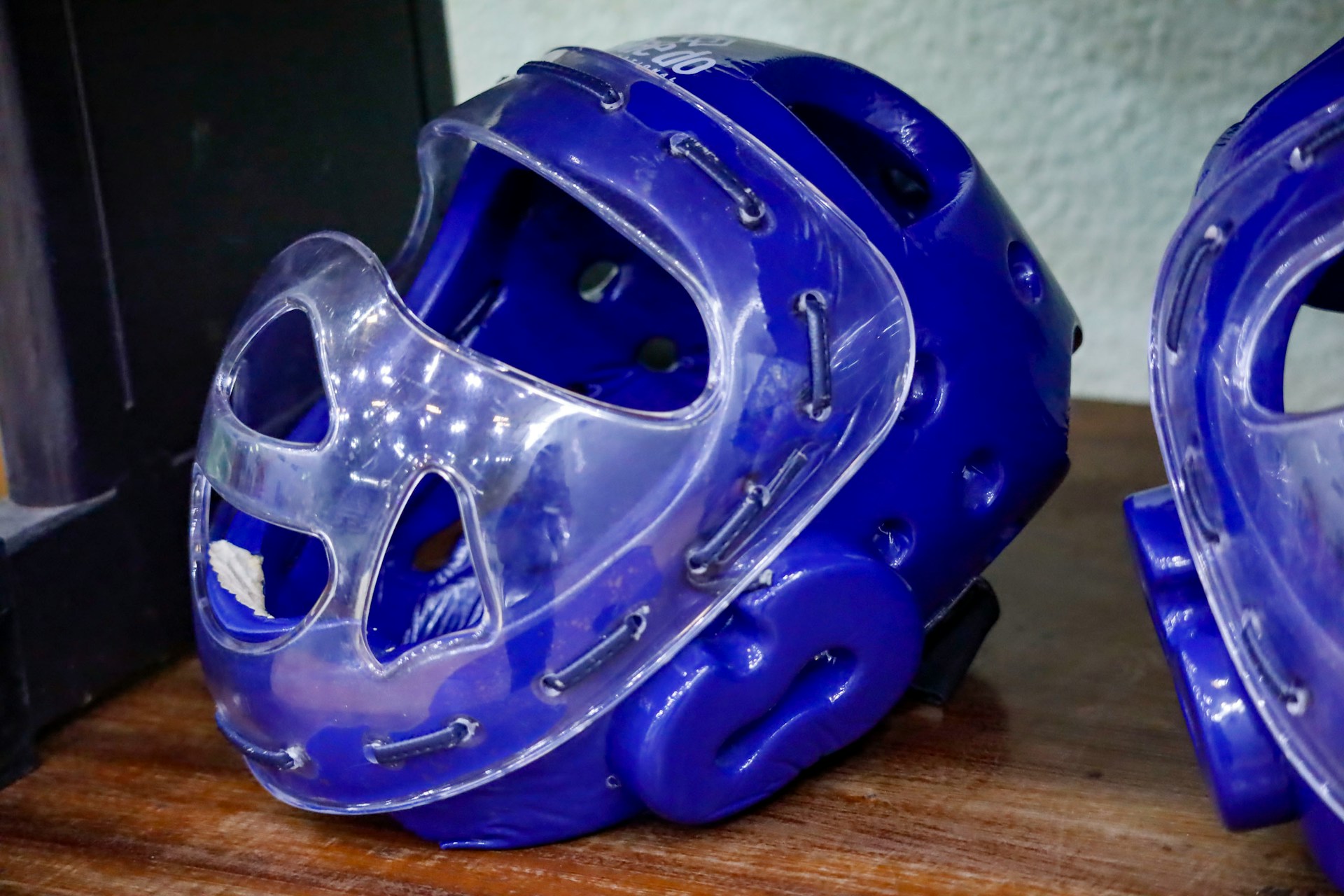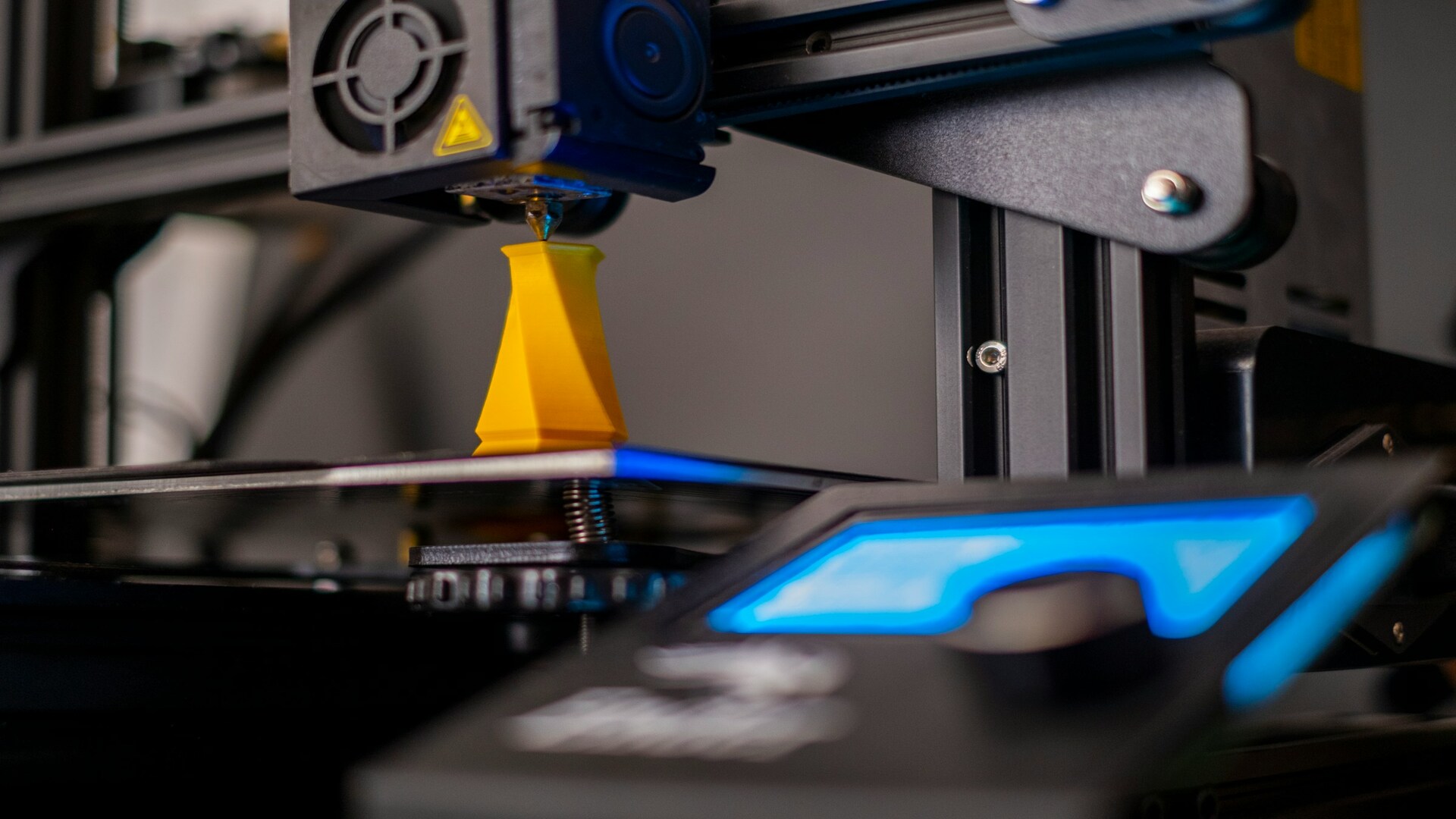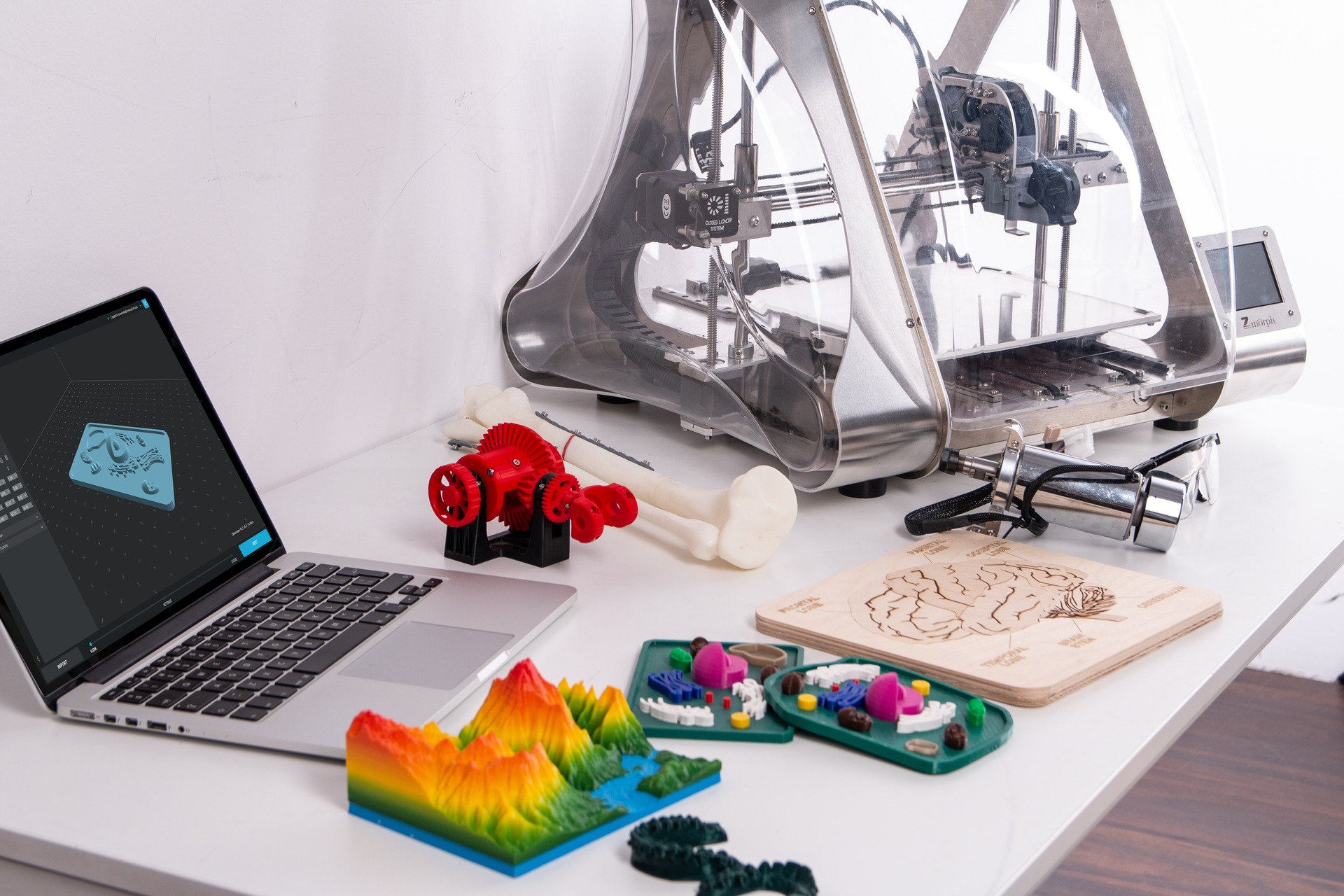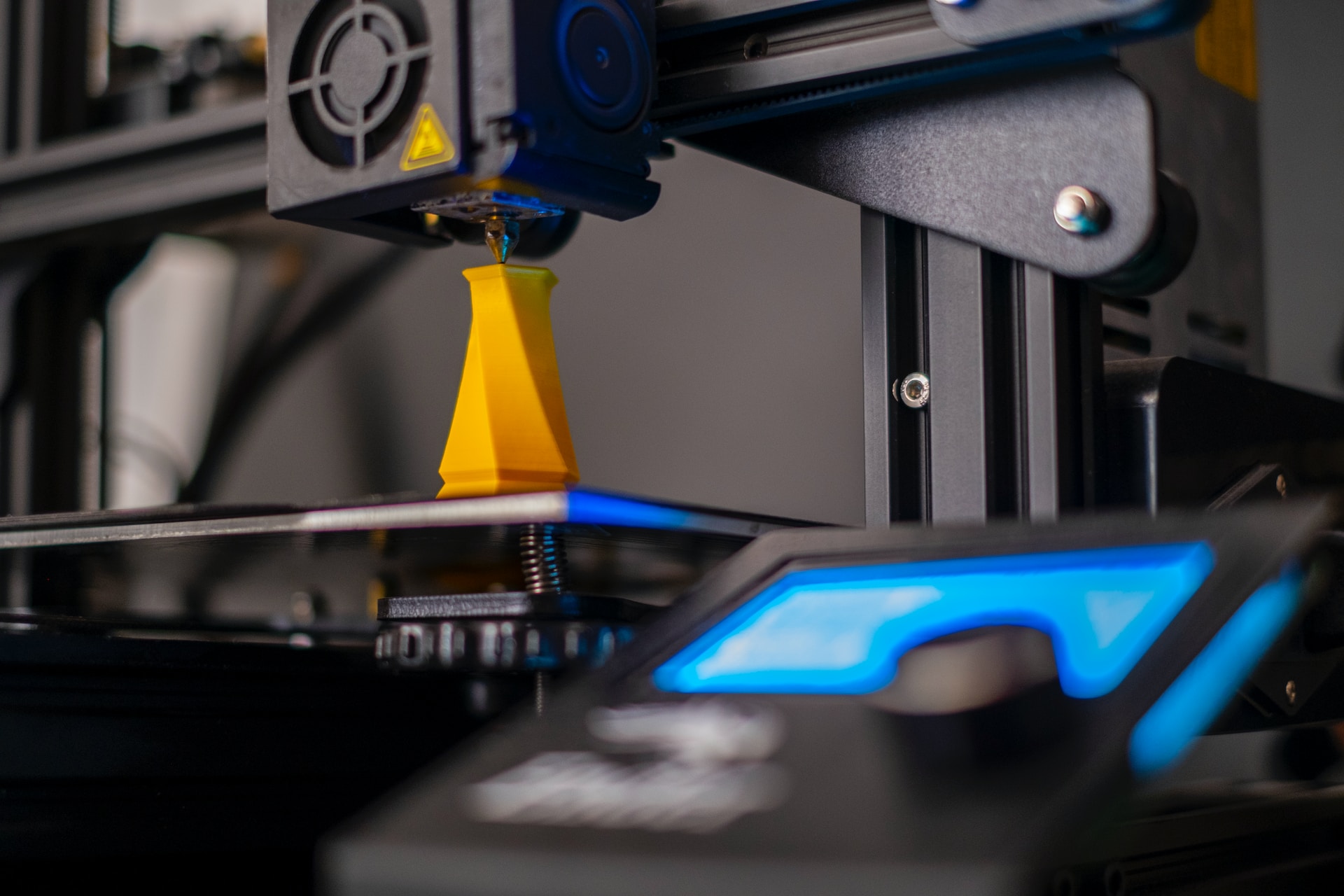
3D-Printed Prototypes: The Complete Guide
November 13, 2023 - Ellie Gabel
Revolutionized is reader-supported. When you buy through links on our site, we may earn an affiliate commission. Learn more here.
Three-dimensional printing has quickly become highly popular in the manufacturing industry—3D-printed prototypes are just one example. Mainly, it’s due to the unparalleled accessibility and design freedom they offer to manufacturers.
What Are 3D Printed Prototypes?
In manufacturing, 3D-printed prototypes are the first physical models of a concept. They’re essentially the baseline manufacturers’ reference before moving on to development. It’s an additive process, meaning a 3D printer builds products from scratch using computer-aided design (CAD) software.
3D-printed prototypes are ideal for custom work, small product batches, trials, proofs-of-concept and high-precision projects. They’re also the go-to for rapid prototyping, where manufacturers quickly create 3D design iterations of a working product to test functionality.
Manufacturers often need a physical representation of designs. Whether they’re creating a proof-of-concept for display or a sample for a client, they often need a working model. Instead of immediately moving on to assembly, they create multiple iterations to identify and fix problems.
Examples of 3D Printed Prototypes
Frankly, 3D-printed prototypes can be anything—as long as manufacturers can conceptualize it with their CAD software, they can build it. That being said, the most common use cases involve part replacements, small product batches, proofs-of-concept and custom designs.
For example, the food tech startup Mooji Meats uses 3D printed prototypes to create a proof-of-concept and progress production. Its entire process revolves around mass-producing plant-based products that mimic whole cuts of meat.
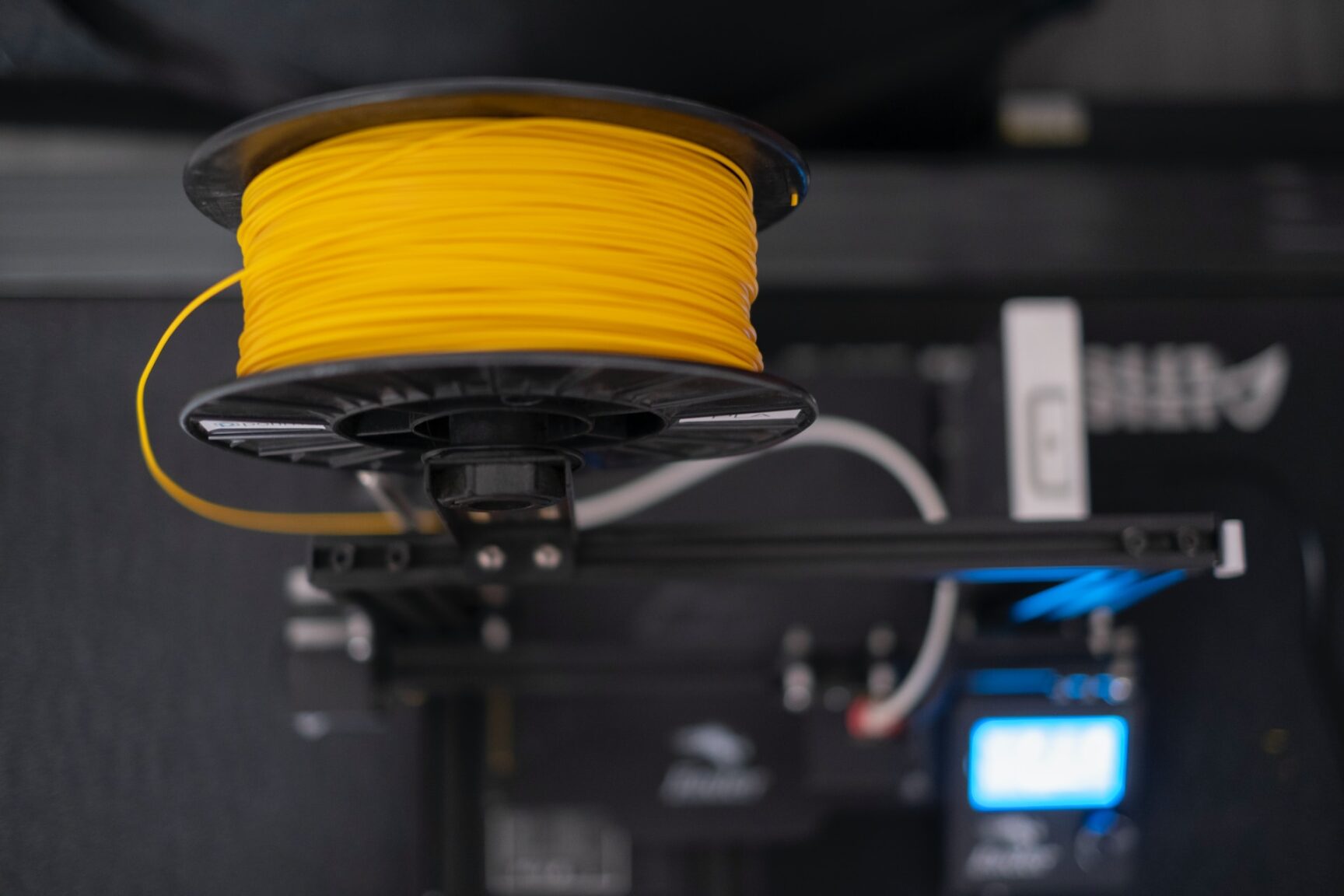
Since other prototyping methods would be prohibitively expensive, startups often rely on 3D printing to trial different product shapes, styles, sizes and materials. They typically don’t have a lot of flexibility budget-wise, so this inexpensive prototyping process is ideal for them.
Why Do Manufacturers Use 3D Printing?
Manufacturers often use 3D printed prototypes over other prototyping methods when they need more design freedom or flexibility. It’s often the ideal choice in situations where they need a low-risk, fast proof-of-concept.
Say a manufacturer wants to produce a very small batch—a standard prototype would be unnecessarily expensive when they only need to make a few products. That’s where 3D printing steps in. Since there are so many options when it comes to materials and machines, they can choose what aligns with their budget.
Alternatively, manufacturers often defer to 3D printing when a product requires extreme precision. For example, a custom-fit medical device—like a prosthetic or dental implant—needs to look, fit and feel right. 3D printed prototypes allow them to build to exact specifications with virtually any material.
Are 3D Printed Prototypes Beneficial?
The advantages 3D printed prototypes provide results in one of the best prototyping methods for manufacturing.
- High-Speed
3D-printed prototypes allow manufacturers to bring products to market much faster because the process is low-cost, versatile and efficient. If they use 3D printers, their turnaround time can be less than one day.
- Low Cost
The cost of rapid prototyping depends on a product’s complexity and type, but it’s often expensive. On the other hand, the cost of 3D-printed prototypes is $100 on average. While the true price range varies widely—every material and printer has different expenses—it’s still usually much more affordable.
- Design Flexibility
Although injection molding and CNC prototyping are some of the more popular prototyping methods, there are some things they can’t do. To put it simply, subtractive manufacturing can only carve—it can’t build things like electronics or food from scratch.
- Better Versatility
3D printing has many more applications than other prototyping methods. Since it can use custom design files and all sorts of materials, it’s much more versatile than processes like carving or laser cutting.
What Manufacturers Need to Consider
Before using 3D printing in the prototyping process, manufacturers must consider what machine they will use. It’s a significant choice because each printer uses a different additive method and has varying material capabilities.
For example, while stereolithography uses ultraviolet lasers, fused deposition modeling melts filament strands. The type and size of 3D printers they use determines what kinds of prototypes they can create.
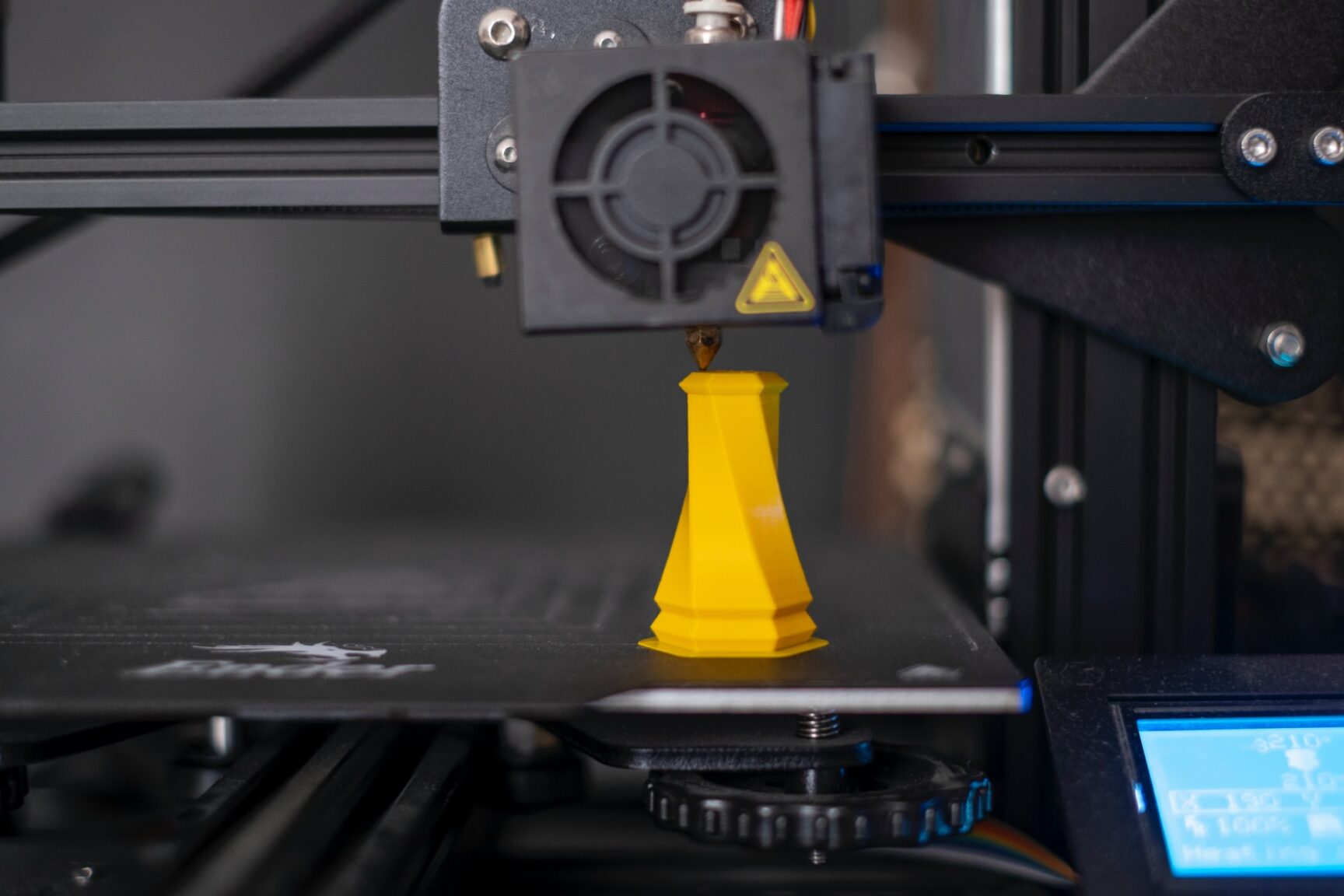
The second most important consideration is material type. While 3D printers were mainly limited to plastics only a few years ago, they can now also print metal, wood, nylon, carbon fiber, resin and concrete. Polylactic acid (PLA)—a biodegradable polyester—is a highly popular 3D printing material due to its extensive color range and accessibility.
Although uncommon, manufacturers can print food using edible ingredients. In rare cases, it’s even possible to build human organs using stem cells. Although most manufacturers will never deal with materials like these, it highlights the versatility of 3D printers—they essentially make anything possible.
How Manufacturers 3D Print a Prototype
To make 3D printed prototypes, manufacturers must first design their product concept with 3D CAD software. In some cases, they can use digital scans of real-life objects to speed up this process or build personalized creations.
Before they can begin printing, they need to choose their material. Since every product and machine has different design and material requirements, they may have to use something other than the standard plastics or metals. However, they generally have more flexibility when dealing with prototypes instead of actual assembly.
From there, they transfer the file over so the machine can start printing. Depending on the design’s complexity, shape and size, the process may take multiple days. The kind of machine they have can also impact print times.
Once the prototype finishes printing, manufacturers begin inspection and design validation. If it doesn’t meet their expectations, they typically go back to tweak the design or material. Once they settle on an iteration, they complete the prototyping process.
Choosing 3D Printing Over Other Methods
Manufacturers often choose 3D printing over other prototyping methods because it’s fast, consistent, low-cost and accessible. It also offers a wide range of choices—few other processes have dozens of color and material options.
Revolutionized is reader-supported. When you buy through links on our site, we may earn an affiliate commission. Learn more here.
Author
Ellie Gabel
Ellie Gabel is a science writer specializing in astronomy and environmental science and is the Associate Editor of Revolutionized. Ellie's love of science stems from reading Richard Dawkins books and her favorite science magazines as a child, where she fell in love with the experiments included in each edition.
